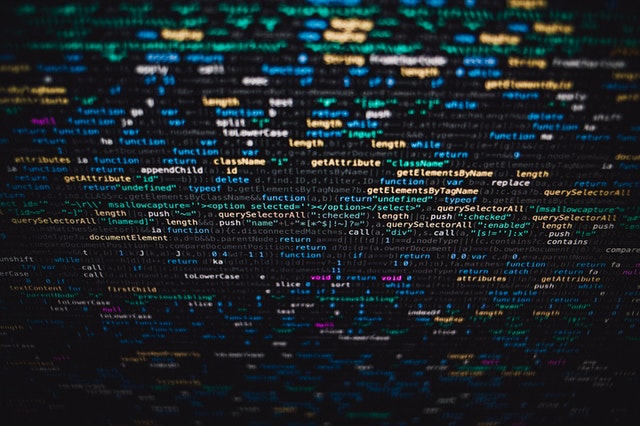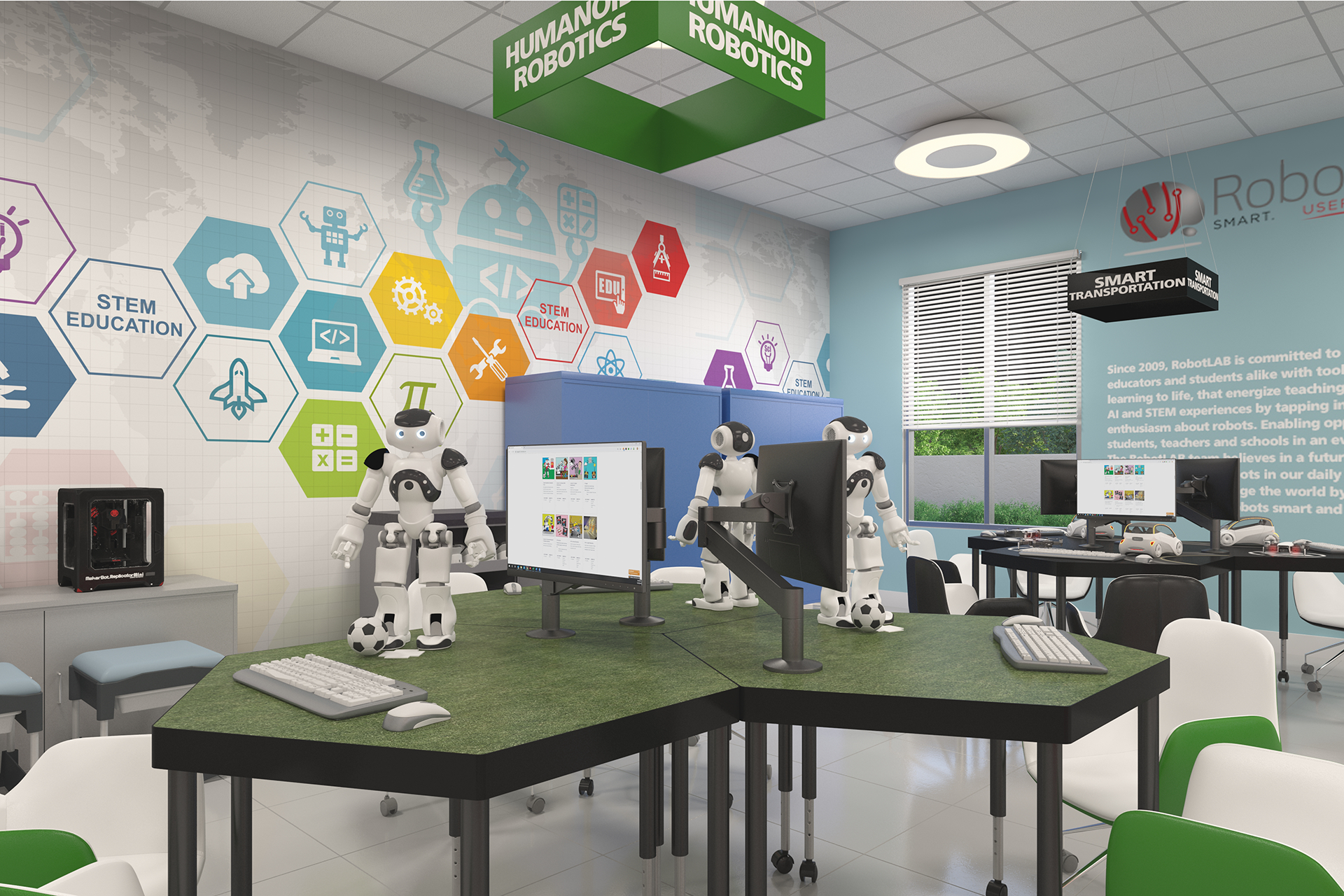 Photo by Markus Spiske from Pexels
Photo by Markus Spiske from Pexels
Artificial intelligence is already a part of schools everywhere. You find it in customized lessons taught via computer, data-management software, predictive and prompted emails, and adjustments in climate-controlled buildings.
AI also has begun to permeate instruction, with interactive robots and curriculum built around STEM fields. In short, AI is changing the face of education.
You may wonder why so many schools and districts treat AI as a novelty instead of a change agent. Embracing change is hard, especially in education. This field more than any other is overripe for a makeover, and it may be artificial intelligence that provides the impetus for change.
Job skills are changing, and so should our curriculum and instructional practices. The work we do in schools must consist of recognizing the role AI plays in our lives. Then we must prepare students to do what machine learning will never be able to do.
Learners find AI attractive
Ai is undoubtedly cool.
Machine learning is still a novelty, and most students find it intriguing. In no way, however, will artificial intelligence replace humans, nor should it be the only subject we teach. Instead, augmented intelligence will improve our work and create time for doing other things. For that to happen, we must learn to think differently.
When Oregon State University and the National Science Foundation collaborated on a conference to spark interest in AI, students discovered how important their communication skills are to project success. Their electrical engineering and coding skills were only the beginning.
The activities required attendees to collaborate with peers, communicate strategy, and innovate by building on skills.
Students require soft skills
Artificial intelligence is perfect for sorting, detecting, organizing, turning on and off, or any other cause-and-effect tasks. What it can’t do are the soft skills used in human interaction. In particular, students must become strong in three areas.
-
Imagination – Algorithms don’t dream. People do, and that’s where inspiration comes from. Those who envision change are most likely to create it, and our students today will be the entrepreneurs and leaders of the future.
-
Strategy – Logic is one thing, but strategy manages logic on multiple planes. Teaching students how to strategize is one of the most useful lessons we can provide.
-
Communication – Good communication skills are the result of empathy. We create connections with others through human emotion, a characteristic lacking in machines.
Students who have learned the soft skills of imagination, strategy, and communication may find that their future is exceptionally bright. They will be doing something AI cannot do.
Preparing students for a future we don’t recognize
A solid curriculum for the future should include both artificial intelligence and soft skills. Our students deserve to understand how AI works. That means teaching science, technology, engineering and math – all the STEM courses we teach now.
It also means teaching something more important: the soft skills necessary for thinking and communicating.
Uncertainty about what the future holds will always exist. Change is inevitable. Those who will survive it are those who embrace it. It’s our job to get students ready for it.
Discover more about AI with RobotLAB

The AI LAB is a turnkey, state-of-the-art modular learning space designed to enable students rotation between the AI Stations. Each configuration includes more than 1,000 instructional hours and provides learners with practical hands-on activities.


